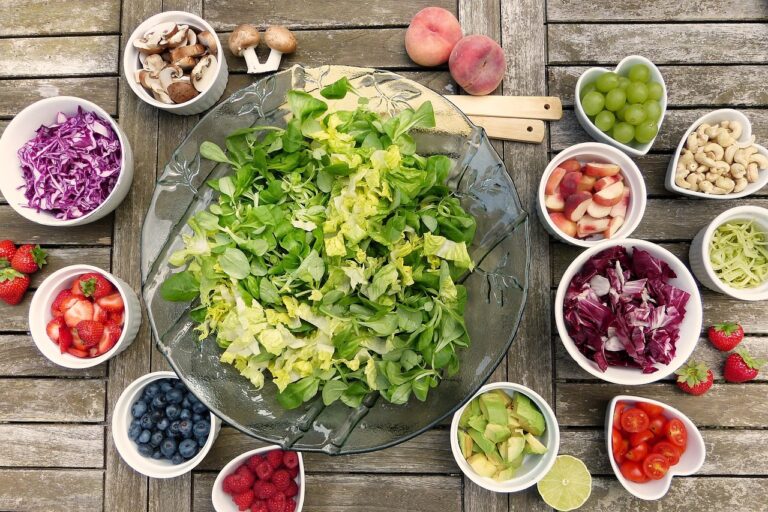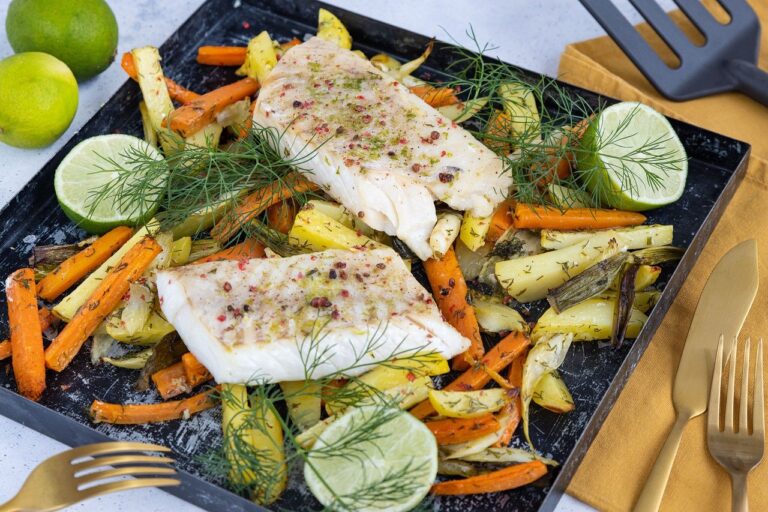Top 10 Food Trends of 2024: Embracing Innovation and Sustainability

The food industry is continually evolving, with new trends emerging that reflect changing consumer preferences, technological advancements, and a growing focus on sustainability. Here are the top 10 food trends to watch for in 2024, showcasing innovation, health consciousness, and eco-friendliness:
1. Functional Foods and Beverages
Functional foods and beverages are designed to provide health benefits beyond basic nutrition. In 2024, expect to see a surge in products that support specific health outcomes, such as gut health, immune support, and mental well-being.
- Probiotics and Prebiotics: Foods and drinks enriched with probiotics and prebiotics to enhance gut health.
- Adaptogens: Herbs and botanicals like ashwagandha, reishi mushrooms, and maca root that help the body manage stress.
- Fortified Foods: Snacks and beverages fortified with vitamins, minerals, and antioxidants to support overall health.
2. Plant-Based Innovations
The plant-based movement continues to grow, with innovative products making it easier than ever to enjoy meatless meals without compromising on taste or texture.
- Plant-Based Proteins: New plant-based protein sources, such as pea protein, mycoprotein, and algae, offering diverse and sustainable options.
- Meat Alternatives: Advancements in plant-based meat substitutes that mimic the texture and flavor of real meat.
- Dairy Alternatives: Innovative dairy-free options like cashew milk yogurt and oat milk ice cream.
3. Climate-Conscious Eating
With increasing awareness of climate change, consumers are looking for ways to reduce their environmental impact through their food choices.
- Sustainable Sourcing: Emphasis on sustainably sourced ingredients, including seafood, palm oil, and cocoa.
- Regenerative Agriculture: Growing interest in foods produced using regenerative agricultural practices that restore soil health and biodiversity.
- Carbon Footprint Labels: Food packaging that highlights the carbon footprint of products, helping consumers make informed choices.
4. Upcycled Foods
Upcycling food involves transforming food by-products and surplus ingredients into new, nutritious products, reducing food waste and promoting sustainability.
- Upcycled Snacks: Chips, bars, and crackers made from upcycled ingredients like spent grains, okara (soy pulp), and fruit peels.
- Creative Uses: Incorporation of upcycled ingredients in sauces, beverages, and baked goods.
5. Alternative Flours and Grains
As people seek diverse dietary options and cater to specific health needs, alternative flours and grains are gaining popularity.
- Ancient Grains: Grains like quinoa, farro, and amaranth that offer rich nutritional profiles and unique flavors.
- Grain-Free Flours: Flours made from nuts, seeds, and alternative grains such as almond flour, coconut flour, and cassava flour.
- Sprouted Grains: Grains that are soaked and germinated to enhance their nutrient content and digestibility.
6. Tech-Driven Agriculture
Technology is revolutionizing agriculture, leading to more efficient, sustainable, and innovative food production methods.
- Vertical Farming: Indoor farming techniques that maximize space and resources, allowing for year-round crop production.
- Hydroponics and Aquaponics: Soil-less farming methods that use nutrient-rich water to grow plants and raise fish in a symbiotic environment.
- Smart Farming: Utilization of artificial intelligence, drones, and IoT devices to optimize crop management and improve yields.
7. Fermented Foods
Fermented foods are celebrated for their unique flavors and health benefits, particularly for gut health.
- Kombucha and Kefir: Fermented beverages rich in probiotics that support digestive health.
- Kimchi and Sauerkraut: Fermented vegetables that offer a tangy taste and beneficial bacteria.
- Fermented Condiments: Innovative fermented sauces and spreads, such as miso mayo and fermented hot sauce.
8. Gourmet Convenience Foods
Busy consumers are seeking gourmet-quality meals that are convenient and easy to prepare, bridging the gap between fast food and fine dining.
- Meal Kits: Subscription-based meal kits featuring high-quality ingredients and chef-curated recipes.
- Gourmet Frozen Foods: Premium frozen meals that prioritize flavor, quality, and nutrition.
- Ready-to-Eat Meals: Healthy and delicious ready-to-eat meal options that require minimal preparation.
9. Personalized Nutrition
Advancements in technology and nutrition science are enabling personalized nutrition plans tailored to individual needs and preferences.
- DNA-Based Diets: Nutritional recommendations based on genetic analysis to optimize health outcomes.
- Custom Supplements: Personalized vitamin and supplement regimens based on individual health data and goals.
- Smart Apps: Mobile apps that provide tailored meal plans, track nutritional intake, and offer personalized health insights.
10. Zero-Waste Cooking
Zero-waste cooking aims to minimize food waste by using every part of an ingredient and repurposing leftovers.
- Root-to-Stem Cooking: Utilizing all parts of vegetables, including stems, leaves, and peels, in creative ways.
- Nose-to-Tail Cooking: Embracing the use of all parts of an animal to reduce waste and honor the whole ingredient.
- Creative Leftovers: Developing recipes that repurpose leftover ingredients into new, delicious dishes.
In conclusion, the top food trends of 2024 highlight a shift towards innovation, sustainability, and personalized health. From functional foods and plant-based innovations to climate-conscious eating and tech-driven agriculture, these trends reflect a growing awareness of the impact of our food choices on our health and the environment. Embracing these trends can help us make more informed, responsible, and enjoyable decisions about what we eat. Happy eating!






